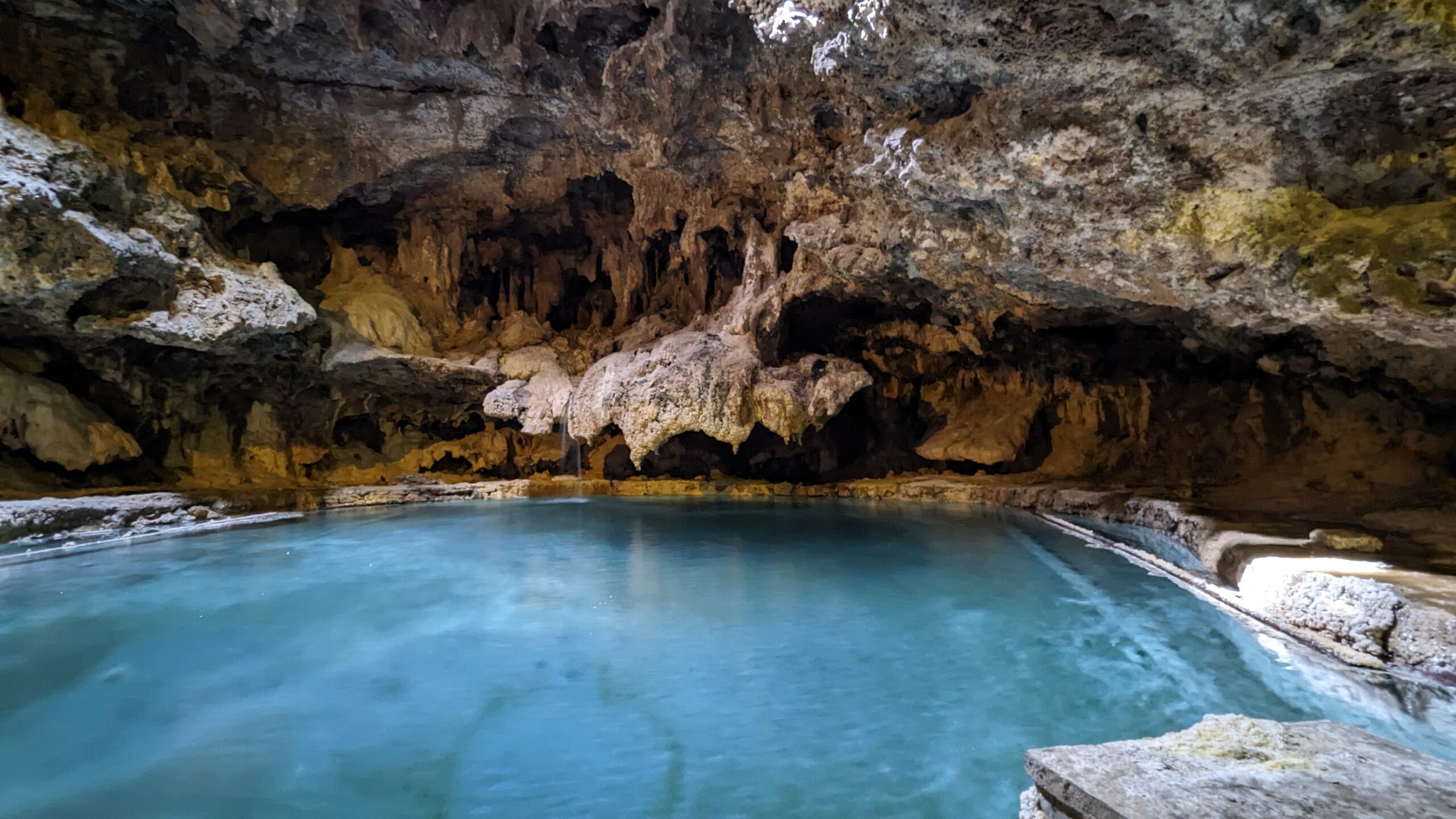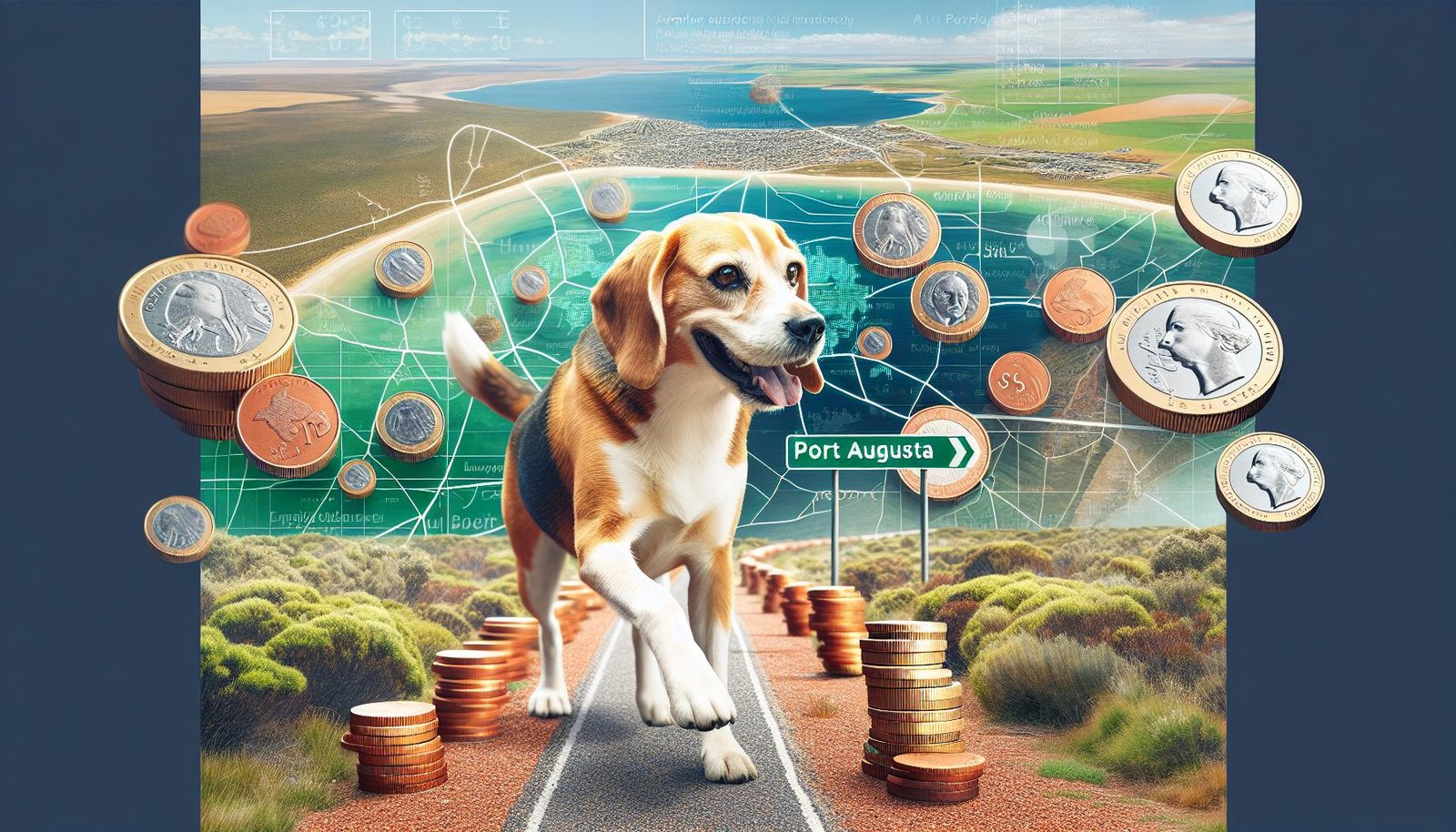The Banff Hot Springs stand as a testament to natural beauty and historical richness in the heart of the Canadian Rockies. These therapeutic springs not only offer a chance to unwind in mineral-rich waters with stunning vistas but also carry a fascinating history linked to the birth of Canada’s first national park, Banff National Park. This post delves deep into the intriguing history of the hot springs, their discovery, and the unique ecological aspect represented by the Banff Springs Snail.
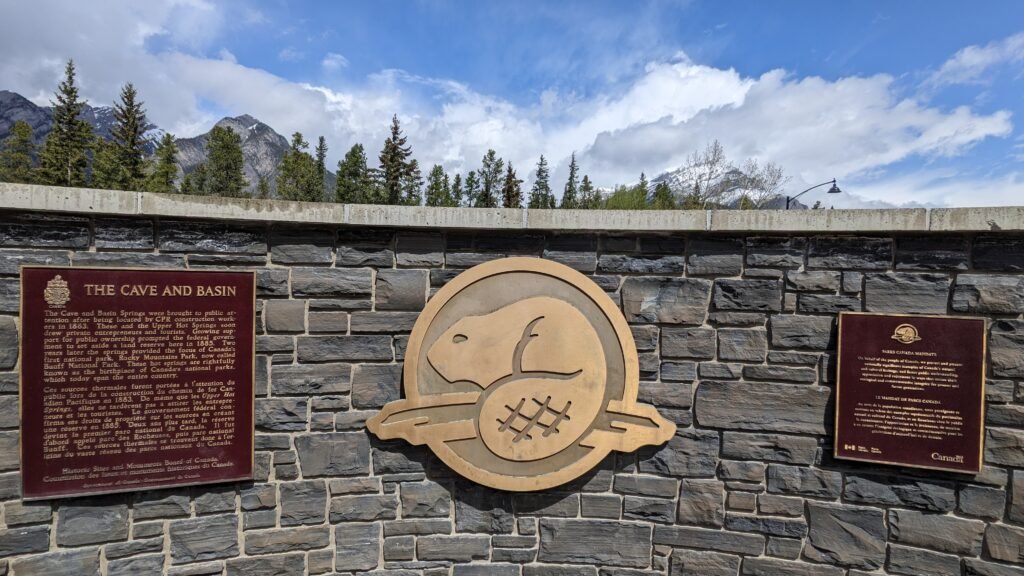
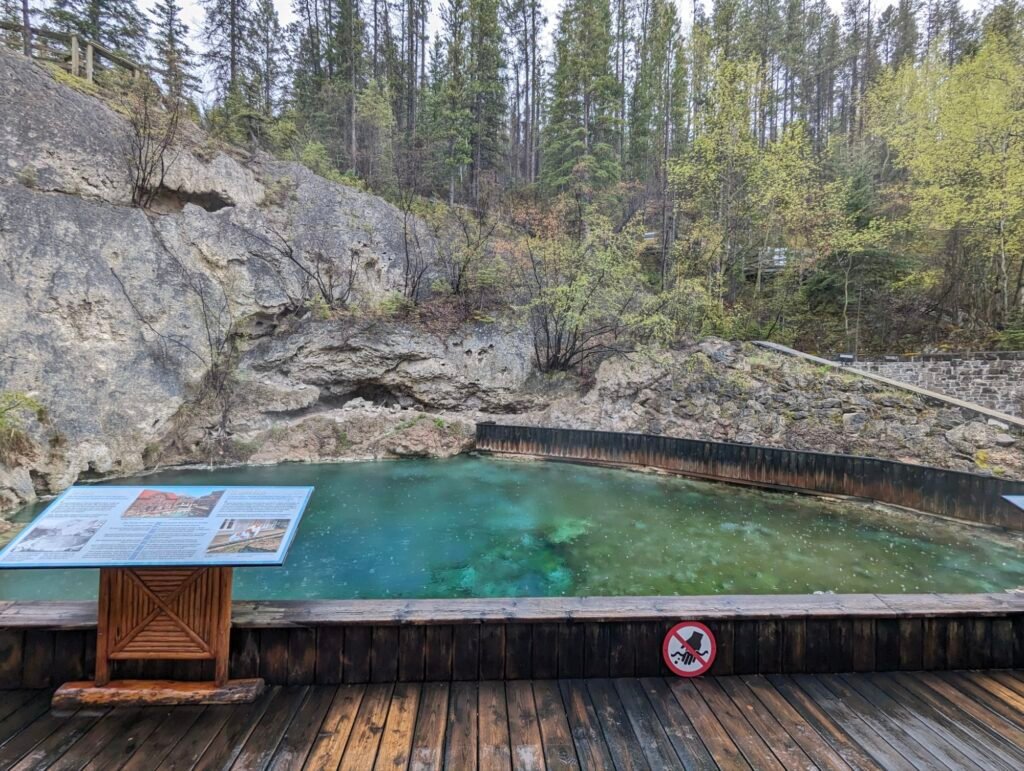
A Historic Discovery
The story of the Banff Hot Springs began in 1883 when three railway workers, Frank McCabe, William McCardell, and Thomas McCardell, stumbled upon the hot waters while working on the construction of the Canadian Pacific Railway. The discovery was made on the lower slopes of what is now called Sulphur Mountain. Recognizing the potential of these thermal waters, the Canadian Pacific Railway quickly capitalized on the opportunity, promoting the springs as a tourist attraction and a therapeutic destination.
This discovery played a crucial role in the establishment of Banff National Park in 1885, setting the stage for the development of Canada’s national parks system. The hot springs were among the earliest drivers of tourism to the area, showcasing the potential of natural resources to attract visitors and generate economic activity.
The Springs and Their Development
The Banff Hot Springs are rich in minerals like sulfate, calcium, bicarbonate, magnesium, and sodium. The waters emerge from the earth at temperatures ranging from 32 to 46 degrees Celsius (89 to 115 degrees Fahrenheit), depending on the spring. The main springs are the Upper Hot Springs, which remain a popular spot for bathing.
In the early 20th century, the site saw significant development. The original 1886 bathhouse was replaced in the 1930s by a more modern facility, reflecting the evolving architectural styles and the growing popularity of the springs. This bathhouse, with its spacious swimming pool and sophisticated amenities, has become a historic site, blending the charm of the past with contemporary comforts.
The Unique Banff Springs Snail
One of the most intriguing aspects of the Banff Hot Springs is its ecological significance, particularly the presence of the endangered Banff Springs Snail (Physella johnsoni). This tiny snail is found exclusively in the hot springs of Banff National Park. Its survival is closely tied to the thermal environment of the springs, where it thrives in the warm, sulphurous waters.
The Banff Springs Snail has become a symbol of conservation challenges and efforts in the park. Its presence has prompted significant ecological studies and conservation measures to ensure that tourism and environmental sustainability coexis
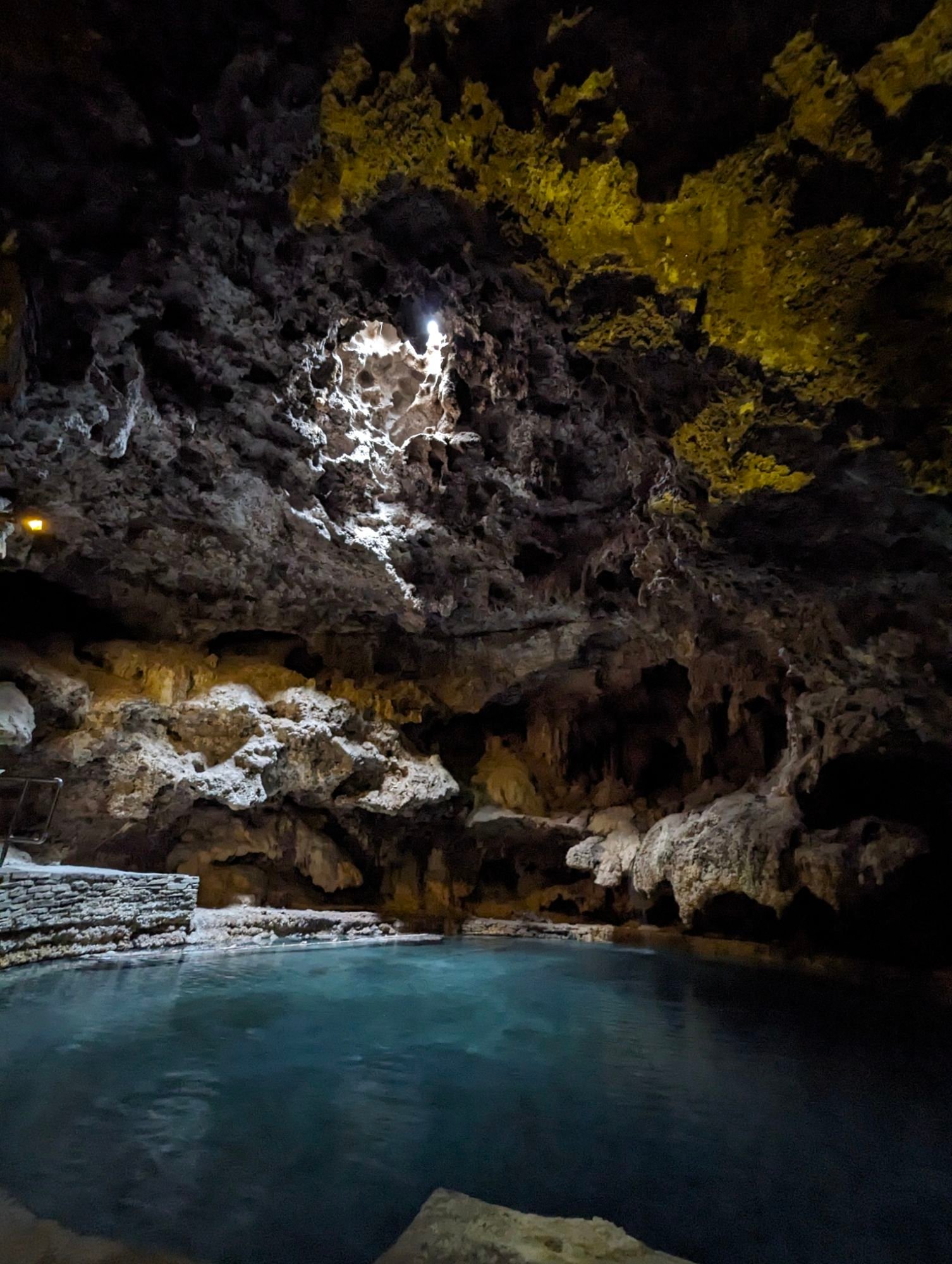
t harmoniously. Visitors to the hot springs are made aware of this delicate ecosystem and the importance of preserving such unique habitats.
Preserving the Natural Beauty
The management of Banff Hot Springs focuses heavily on conservation and sustainable tourism. Efforts are made to maintain the balance between visitor enjoyment and environmental health. This includes regulating the number of visitors, maintaining water quality, and educating the public about the ecological importance of the area.
Visitors are encouraged to engage with the environment respectfully, adhering to guidelines that help preserve the quality of the waters and the overall health of the ecosystem. These efforts ensure that the hot springs can continue to provide both therapeutic benefits and a refuge for unique species like the Banff Springs Snail.
Whether you’re a history enthusiast, a nature lover, or simply in need of relaxation, the Banff Hot Springs provide a profound connection to the natural world and a reminder of the delicate balance we must maintain to preserve such treasures.

